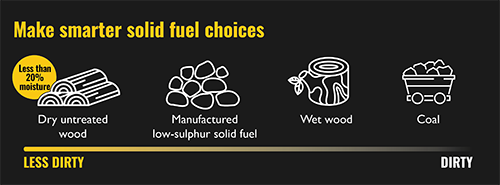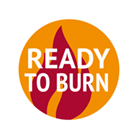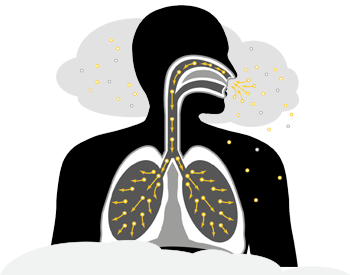Make your wood-burner cleaner and more efficient
If you have to burn wood or other solid fuels to keep your home warm in the winter, don’t worry. There’s lots you can do to make your stove or open fire as clean and safe as possible.
Do:
- consider burning less; not burning is the simplest way of reducing your costs and impact
- consider fuels that are cleaner to burn; always look for the Ready to Burn logo on retail packaged fuel
- have your chimney or stove pipe swept at least once a year; this cuts pollution and your chimney is less likely to catch fire
- dig out the instructions that came with your stove and follow them
- dry wet wood for 2 years before burning; wet wood contains moisture which creates smoke and harmful particulate pollution when burned - this can damage your stove and chimney, and burning wet wood is also less efficient in terms of heat production
- remain aware of the requirements for burning solid fuels in York if you live in a Smoke Control area
Don’t:
- burn wet, treated, painted, stained or chemically treated wood
Tips for choosing cleaner fuels
Some fuels pollute more than others; choose the cleanest you can.
Dry, untreated wood (with less than 20% moisture) is less dirty than manufactured low-sulphur solid fuel, wet wood and coal.

Wet wood
Burning wet wood causes more smoke and releases harmful particles. This is bad for your health and can make local air quality worse. It’s not an efficient way to heat your home and it can damage your stove and chimney.
You should always make sure that any wood you burn has a moisture content of less than 20%. Typically, you will need to store wet logs in a dry place for around 2 years to achieve this. Use a moisture meter to check the moisture content of wood before burning it.
See more information about storing wood inside and outside on the Ready to Burn website.
Ready to Burn

The Government’s Department for Environment, Food and Rural Affairs (DEFRA) appointed not-for-profit organisations HETAS and Woodsure to run the Ready to Burn fuel certification scheme.
The scheme makes it easy for people to find the cleanest fuels for burning at home. Ready to Burn fuels meet government standards and sulphur, moisture and smoke pollution limits.
- Ready to Burn wood has been dried to the right moisture content, so it’s easier to light and burn, and it produces less smoke and pollution
- Ready to Burn fuels will burn more efficiently and therefore extend the life of your burner and chimney - this will ultimately save money on fuel and maintenance costs
If you need Ready to Burn fuel, the Ready to Burn website includes a list of providers:
DEFRA have produced a practical guide to open fires and wood burning stoves:
DEFRA’s national ‘Burn Better’ campaign provides further advice about good burning practices to reduce pollution and health impacts:
Rising energy costs
If you're struggling with rising energy costs, see advice and information on help available to people in York:



